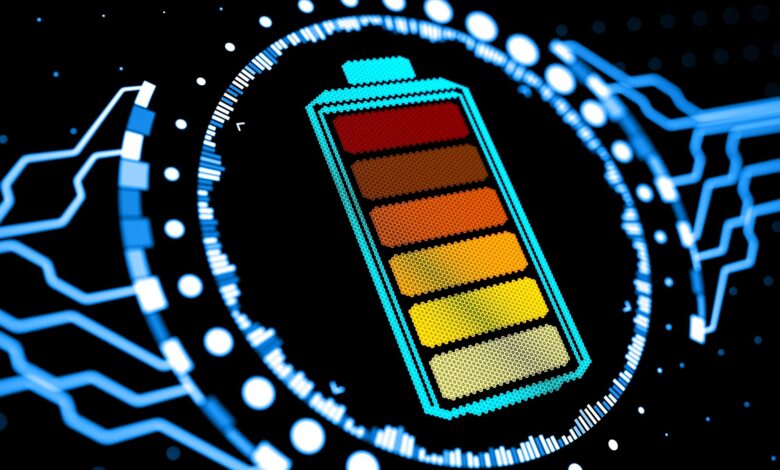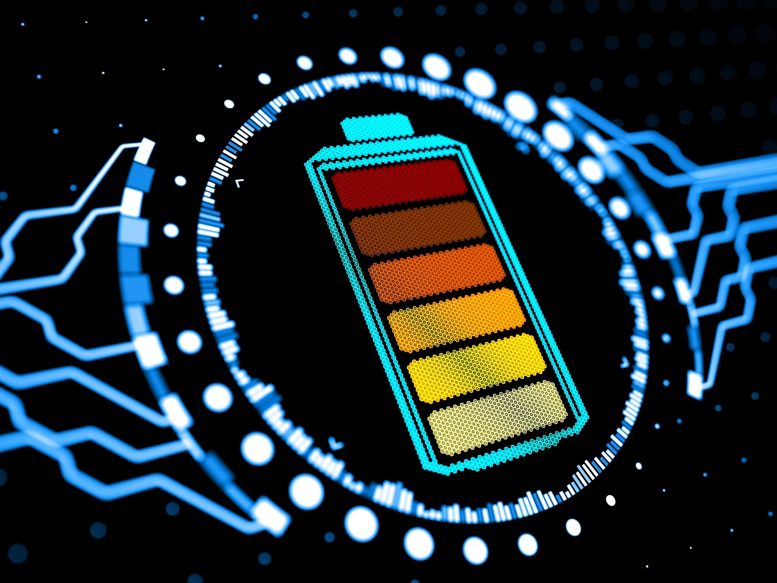98% Recovery – Scientists Develop New and Improved Battery Recycling Method


Researchers at Rice University, led by James Tour, have developed a revolutionary method to recycle lithium-ion batteries, essential for reducing environmental impact as battery usage, particularly in electric vehicles, soars. Their process, using flash Joule heating, allows for rapid heating of battery waste, magnetic separation, and a remarkable 98% recovery of battery metals, effectively maintaining the value and structure of the materials for reuse.
Scientists have developed a groundbreaking method to recycle lithium-ion batteries by using a magnetic separation technique that efficiently purifies battery materials, maintaining their structural integrity and functionality.
A research team at Rice University, led by James Tour, the T.T. and W.F. Chao Professor of Chemistry and Professor of Materials Science and Nanoengineering, is addressing the environmental challenge of efficiently recycling lithium-ion batteries as their usage continues to rise.
The team has pioneered a new method to extract purified active materials from battery waste as detailed in the journal Nature Communications on July 24. Their findings have the potential to facilitate the effective separation and recycling of valuable battery materials at a minimal fee, contributing to a greener production of electric vehicles (EVs).

Rice researchers led by James Tour have developed an innovative battery recycling method. Credit: Jeff Fitlow/Rice University
“With the surge in battery use, particularly in EVs, the need for developing sustainable recycling methods is pressing,” Tour said.
Conventional recycling techniques typically involve breaking down battery materials into their elemental forms through energy-intensive thermal or chemical processes that are costly and have significant environmental impacts.
Innovative Recycling Method Using Magnetic Properties
The team proposed that magnetic properties could facilitate the separation and purification of spent battery materials.
Their innovation uses a method known as solvent-free flash Joule heating (FJH). This technique devised by Tour involves passing a current through a moderately resistive material to rapidly heat and transform it into other substances.
Using FJH, the researchers heated battery waste to 2,500 Kelvin within seconds, creating unique features with magnetic shells and stable core structures. The magnetic separation allowed for efficient purification.
During the process, the cobalt-based battery cathodes — typically used in EVs and associated with high financial, environmental, and social costs — unexpectedly showed magnetism in the outer spinel cobalt oxide layers, allowing for easy separation.
The researchers’ approach resulted in a high battery metal recovery yield of 98% with the value of battery structure maintained.
“Notably, the metal impurities were significantly reduced after separation while preserving the structure and functionality of the materials,” Tour said. “The bulk structure of battery materials remains stable and is ready to be reconstituted into new cathodes.”
Reference: “Nondestructive flash cathode recycling” by Weiyin Chen, Yi Cheng, Jinhang Chen, Ksenia V. Bets, Rodrigo V. Salvatierra, Chang Ge, John Tianci Li, Duy Xuan Luong, Carter Kittrell, Zicheng Wang, Emily A. McHugh, Guanhui Gao, Bing Deng, Yimo Han, Boris I. Yakobson and James M. Tour, 24 July 2024, Nature Communications.
DOI: 10.1038/s41467-024-50324-x
The study was supported by the Air Force Office of Scientific Research, U.S. Army Corps of Engineers ERDC, and Rice Academy Fellowship.



